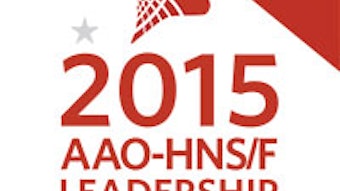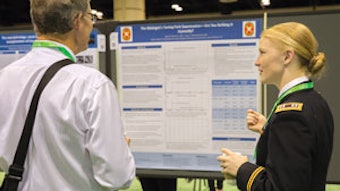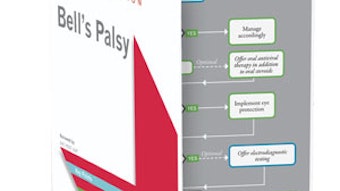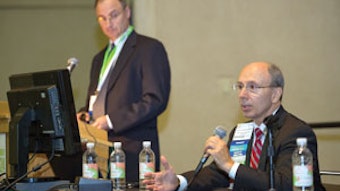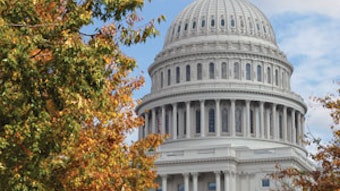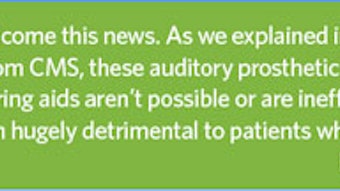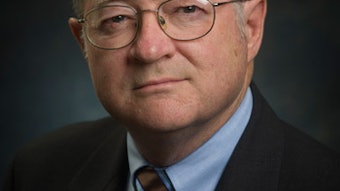2014 Annual Report: SGR Repeal Advocacy: Success, Failure, and the Need for a Crystal Ball
Efforts to repeal the flawed Sustainable Growth Rate (SGR) physician payment formula are like a broken record. They go round and round, and yet somehow fail to advance to the next track.
Efforts to repeal the flawed Sustainable Growth Rate (SGR) physician payment formula are like a broken record. They go round and round, and yet somehow fail to advance to the next track.
As the year began, the physician community was generally hopeful that the arduous work in 2013 would translate into continued momentum and finally yield a permanent resolution. Instead, 2014 produced a short-lived success, only to be followed by a disappointing failure.
In February, after nearly 18 months of hard-fought policy negotiations, bipartisan and bicameral legislation (H.R. 4015/S. 2000) was introduced. Coalescence around what policies would replace the flawed SGR formula—long a hindrance to repeal—by the entire physician community, as well as by lawmakers in both parties in both chambers of Congress, represented nothing short of the political and policy “stars aligning.”
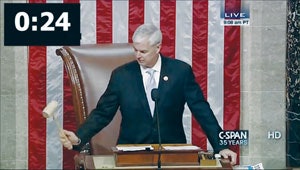
SGR Video Transcript
Time it takes to seriously discuss SGR reform: 12 Years
Time it takes to write a bipartisan bill everyone can agree on: 12 Months
Time it takes to kill SGR reform: 24 Seconds
Tell Congress: Do NOT abandon permanent SGR repeal.
To view the SGR Video, visit www.entnet.org/advocacy
However, the fiscal and political realities of today’s Capitol Hill soon emerged, and Congress delivered perhaps its greatest SGR-related failure. With a March 31 deadline to identify offsets necessary to finance repeal and replacement of the SGR formula, lawmakers never fully engaged in a negotiation process that could actually yield positive results. Instead, political posturing quickly derailed the focus on permanent repeal and Congressional leaders began honing in on yet another short-term SGR patch—the 17th in more than a decade.
After this disappointing pivot, nearly the entire physician community (including the AAO-HNS) took an unprecedented stance by collectively opposing a short-term SGR patch. Initially, this drastic approach showed signs of success. Despite some legislative maneuvering, the patch legislation was pulled from the House floor because it lacked the votes for passage. As a result, Congressional leaders resorted to “stealth” floor tactics that enabled passage via a hurried voice vote. The U.S. Senate soon passed the bill, which the president signed. Barring additional Congressional activity, the SGR patch is set to expire March 31, 2015.
What happens next? We’re all searching for a crystal ball. The AAO-HNS and others in the physician community are urging lawmakers to include SGR repeal in this year’s lame-duck session. If action is delayed until the 114th Congress, the policy agreement that was so hard-fought could be in jeopardy. A critical component of our success relies on the continued active involvement of individual physicians, and in some instances, their patients. Physicians MUST continue to educate their lawmakers about the flaws in the Medicare physician payment system. Absent continued, and even increasingly focused, advocacy efforts by the physician community, the SGR will remain the law of the land.
For more information on the SGR repeal saga, email the AAO-HNS Government Affairs team at govtaffairs@entnet.org.





